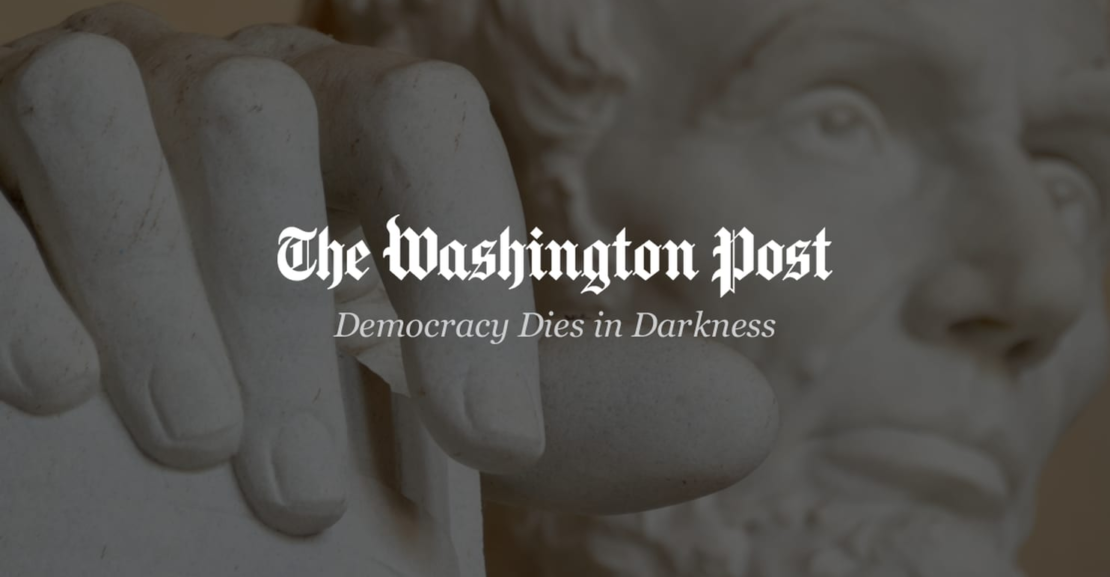[ad_1]
1. Why are Tesla’s rivals switching to Tesla’s plugs?
They want access to Tesla’s US network of roughly 20,000 Superchargers, which represent 62% of all high-speed chargers installed along American roads. These chargers can add as many as 200 miles of range to a drained EV battery in 15 minutes. They’re also considered the most reliable. Drivers surveyed by J.D. Power consistently give Tesla higher marks than other charging networks, such as those run by ChargePoint Holdings Inc., Blink Charging Co. and EVgo Inc. Broken public chargers have long been a frustration of EV drivers, and Ford and GM don’t want that problem to slow sales of their new electric cars. Both companies are pushing hard to electrify their cars and trucks, with GM setting a goal of selling only zero-emission light-duty vehicles by 2035.
2. What does Tesla get out of it?
Money. Piper Sandler & Co. estimated that adding Ford and GM drivers to the Supercharger network could boost Tesla’s annual charging revenue by $3 billion by 2030 and $5.2 billion by 2032. (The company reported $6.1 billion in service sales last year, a figure that includes global Supercharger revenue.) That’s not a game-changing amount for a company whose total annual revenue tops $80 billion, but it’s significant. Plus, those non-Tesla drivers will now be exposed to Tesla’s ecosystem of chargers and apps. That gives the company a chance to convert some owners over to Teslas. In addition, Tesla Chief Executive Officer Elon Musk said on the company’s most recent earnings call that Tesla was in early discussions with a “major” automaker to license the company’s self-driving system. Opening up the Superchargers, in other words, could lead to more deals.
3. How many different EV plugs are out there, anyway?
There are two widely used plugs for fast charging in the US: Tesla’s North American Charging Standard, or NACS, and Combined Charging Standard, or CCS. Europe uses a version of CCS, while China has its own plug known as GB/T. Japanese automakers jointly developed a connector called CHAdeMO, but their US competitors didn’t adopt it. Until now, CCS was the plug of choice for American EVs not built by Tesla, but with the recent announcements, that’s rapidly changing.
4. So are we moving to just one plug?
Maybe someday, but that’s not certain. EV advocates have always wished there were only one industry-standard plug, because it would remove complexity from public charging. (After all, drivers of gasoline-powered vehicles don’t need to fret about which gas pump will work for them.) But research firm BloombergNEF points out that there are still automakers bringing new EVs to the US market that haven’t signed on to Tesla’s standard, and plenty of EVs already on the road need CCS plugs. Market share will be a big factor in which standard gets adopted most broadly: Tesla accounted for 60% of North American EV sales last year, according to BNEF, compared with 7% for GM. (Ford wasn’t among the top five.)
5. Does this mean EVs with CCS plugs won’t be able to use a public charging station in the US?
No. The federal government is pouring $5 billion into subsidizing a nationwide web of public charging stations that will be built by private companies, and the program’s rules require that any fast-charging station getting the money must have CCS plugs. (They can offer additional plugs, as well.) All of the charging companies want to participate in building that nationwide network. So even though ChargePoint, Blink, Electrify America and EVgo have all said they’ll start adding Tesla plugs to their stations, they can’t ditch CCS — not unless the federal government changes its rules.
6. What does the shift to Tesla plugs mean for other charging networks?
It puts pressure on them, but it isn’t necessarily fatal. ChargePoint, Blink and the others will need to tweak their products to include the new plug, with the cost of that equipment still to be determined. And they will need to improve the reliability of their networks so that EV drivers don’t just use Tesla’s stations — something the companies needed to do anyway. But the number of public chargers that will need to be installed as drivers go electric is enormous, and Tesla can’t do it all. There should be lots of room for competition.
(A previous version corrected the figure for Tesla’s annual service sales in second answer)
More stories like this are available on bloomberg.com
[ad_2]
Source link
